Eat to Save the Earth is a NGO dedicated to education and advocacy about the consequences of the environmental impact of livestock.
Watch “Eating Our Way To Extinction”
Climate change may seem too big to tackle by individuals, but we have control over our everyday food choices.
The Issue
The global overconsumption of livestock is affecting climate change. As meat consumption remains the biggest contributor to food-related greenhouse gas emissions, developing more eco-responsible habits requires changes to our diets.

The Nexus Between Our Diet and the Planet’s Health
At Eat to Save the Earth, we understand that the sustenance we derive from the Earth comes with a cost to its health. The food production process—from farm to table—utilizes essential resources like land, water, and energy, and unfortunately, this results in environmental impacts such as greenhouse gas emissions, water and air pollution, and fertilizer runoff. Our choices at the dinner table are more than a personal preference; they are votes for the kind of world we want to live in.
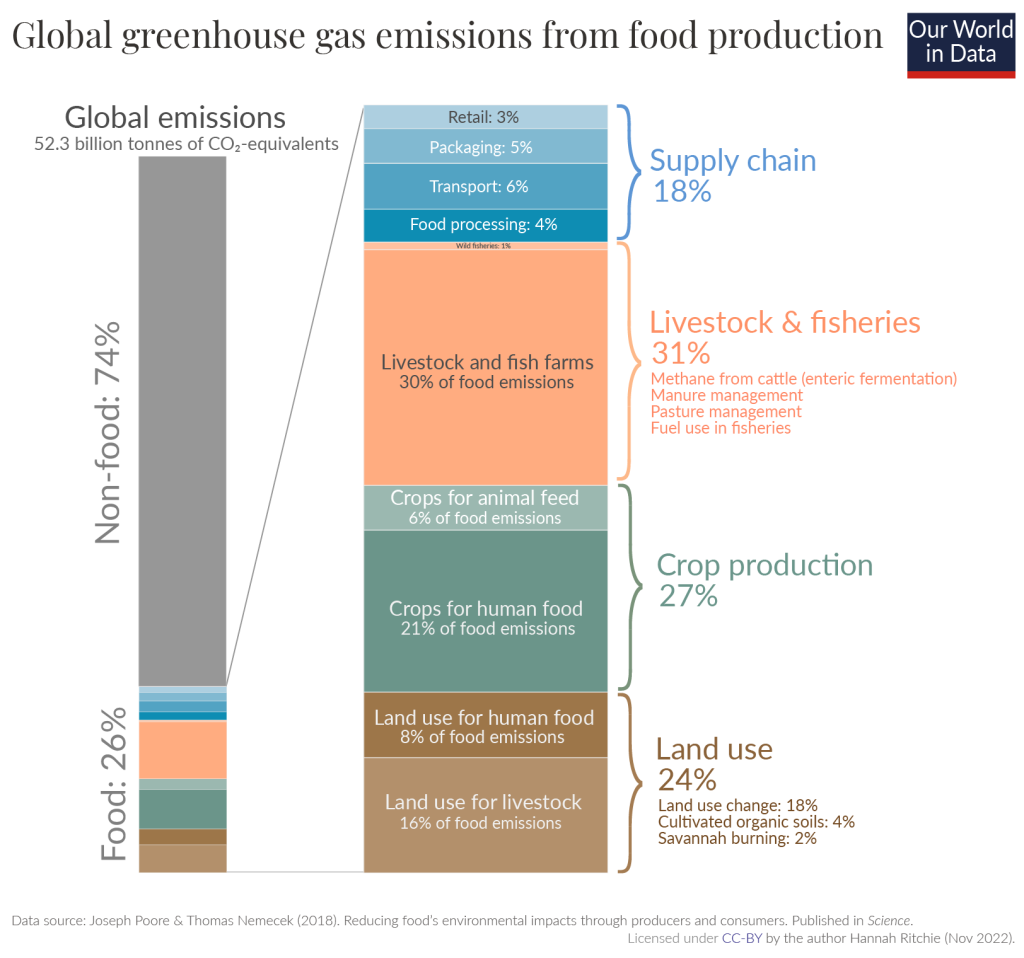
The Environmental Toll of Animal Products
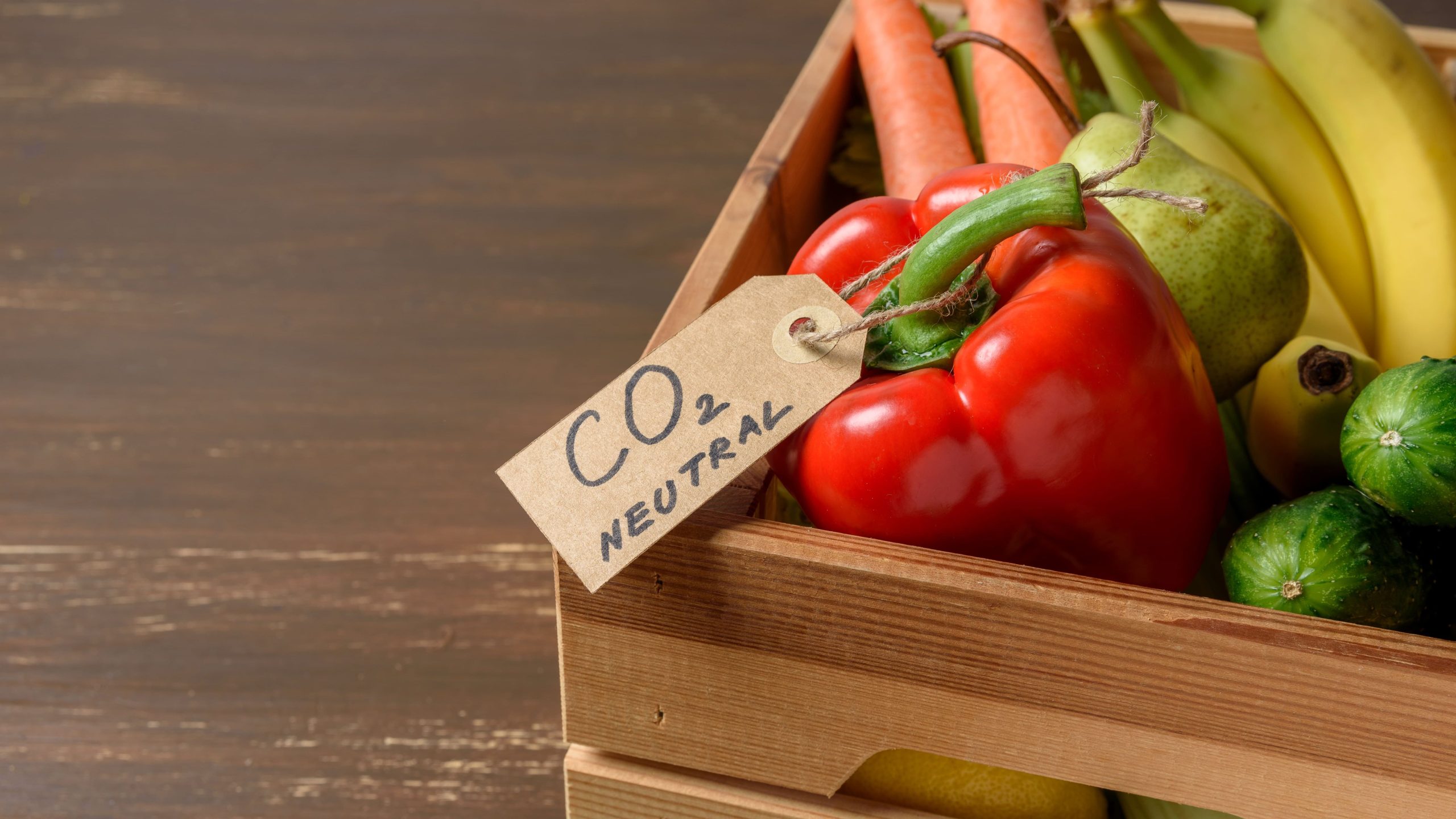
While different farming methods have varying environmental footprints, the type of food we choose to consume is a significant driver of ecological degradation. Animal products, by and large, have a heavier environmental footprint than plant foods. Livestock farming consumes more resources and produces higher levels of greenhouse gases per calorie of food produced compared to plant-based agriculture.
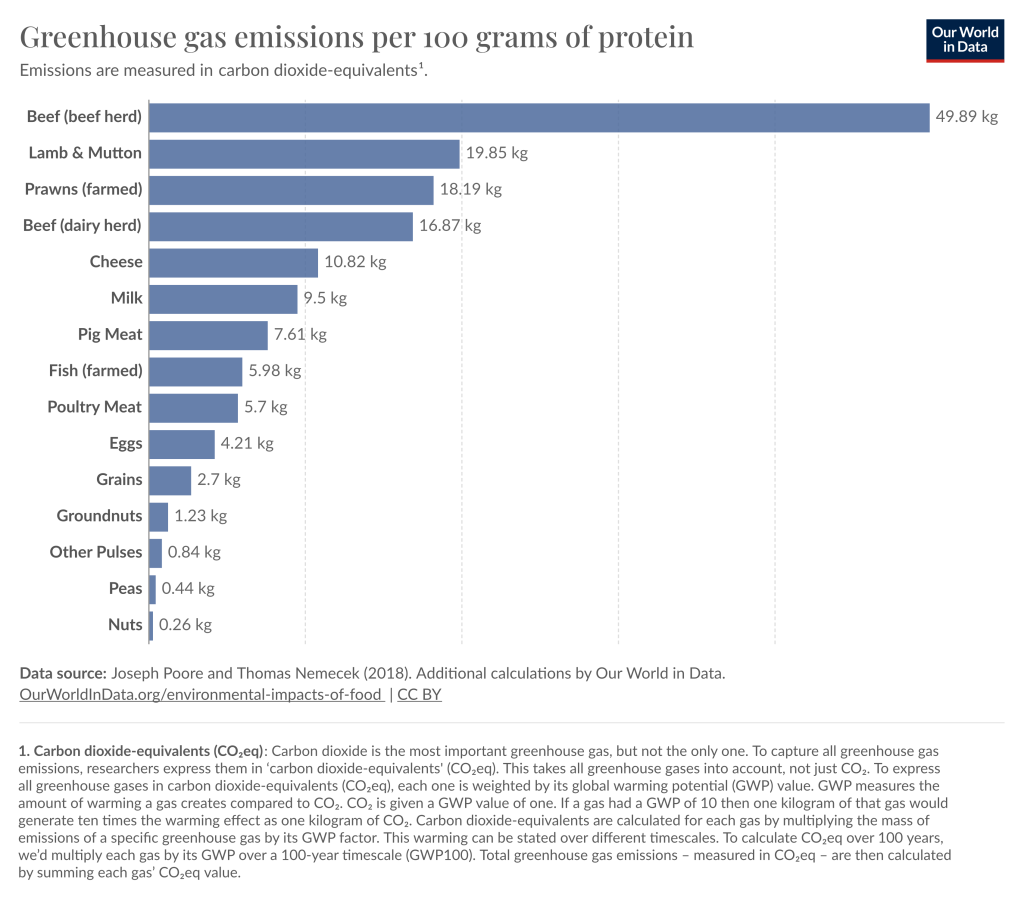
The Imperative for Dietary Change
To sustain our growing population within the carrying capacity of our planet, a transition towards plant-based diets is essential. Research, including pivotal studies like those from Oxford’s Joseph Poore and Thomas Nemecek (2018), underscores the urgency of this dietary shift. Their work reveals that the environmental impacts of the most sustainably produced animal foods still surpass those of plant-based protein sources.
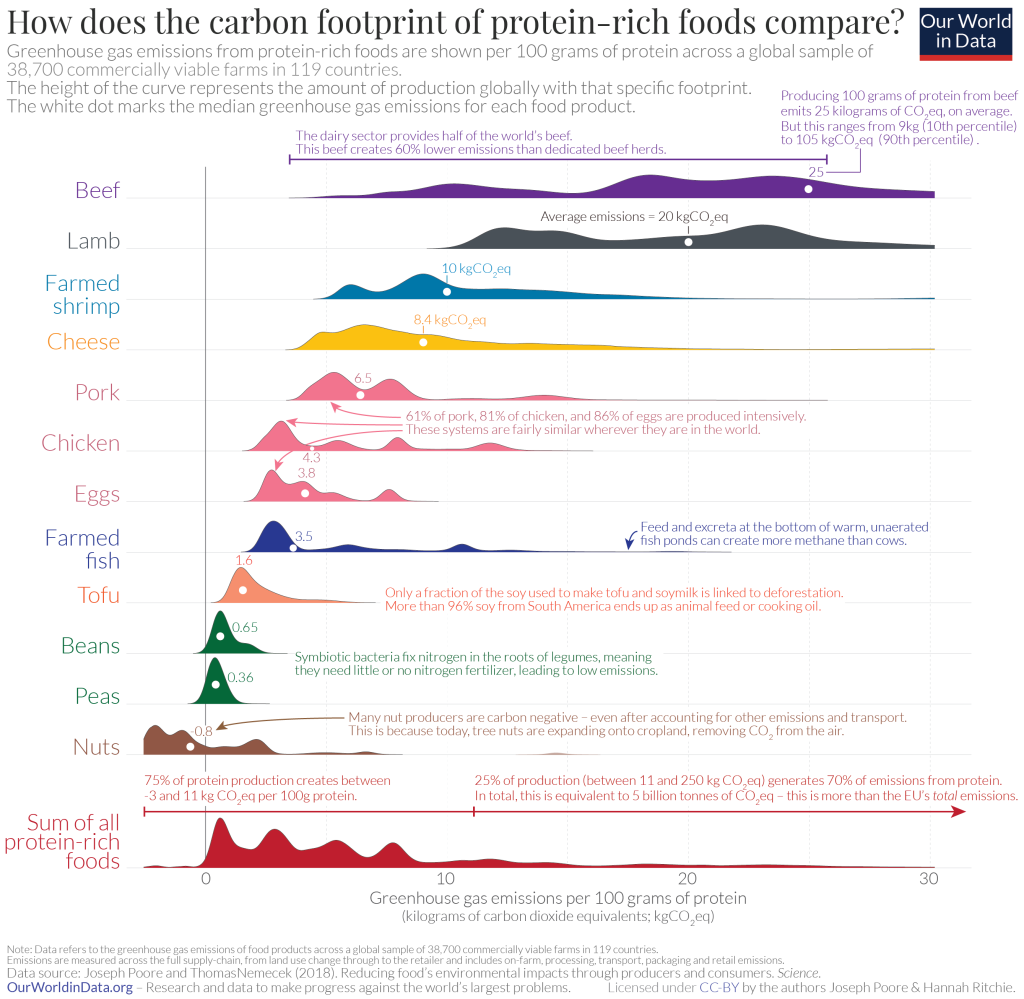
Aligning Diets with Planetary Boundaries

The EAT-Lancet Commission, a coalition of experts from diverse fields, has confirmed that feeding the planet’s future population of over 10 billion a nourishing diet without transgressing planetary limits is achievable. However, this demands a global shift to diets rich in plant-based foods. While a vegan diet ranks lowest in greenhouse gas emissions, we advocate for significant reductions in animal product consumption, rather than a categorical shift for all individuals.
Understanding the Water Footprint of Food
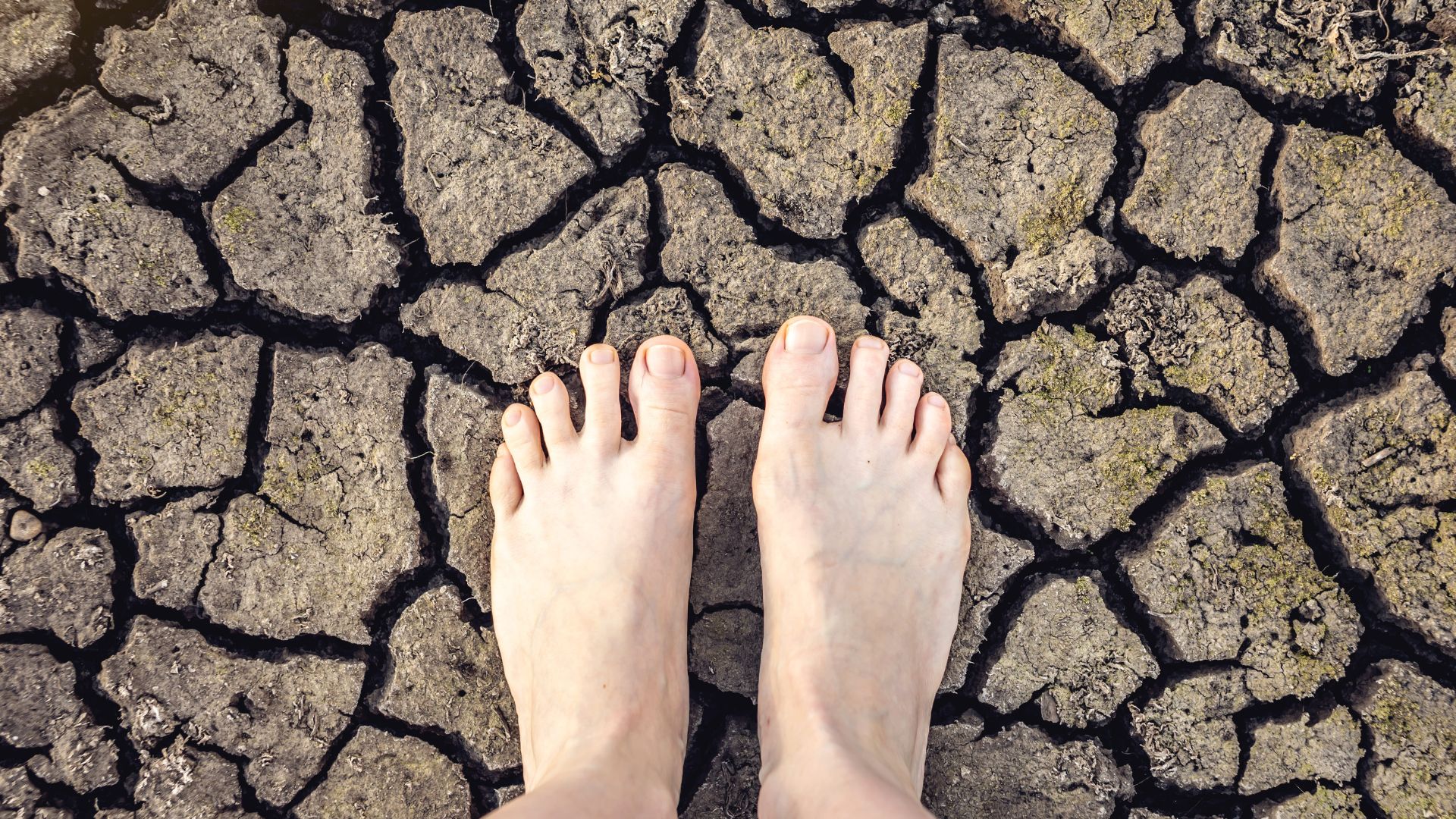
Our individual water footprints extend beyond household usage. The water we use to produce food dwarfs the quantity used in our daily domestic chores. Notably, producing animal-based foods generally requires more water than plant-based foods. For instance, the water required to produce a quarter-pound hamburger could yield several cups of almonds. This comparison starkly highlights the disproportionate water consumption of animal-based products.
Land Use and Dietary Choices
The amount of land needed to produce different types of food varies significantly. Animal agriculture not only requires land for raising animals but also for growing their feed, which exemplifies inefficient feed-to-food conversion ratios. If global dietary habits mirrored those of the United States, the amount of land needed would exceed what one Earth can provide.
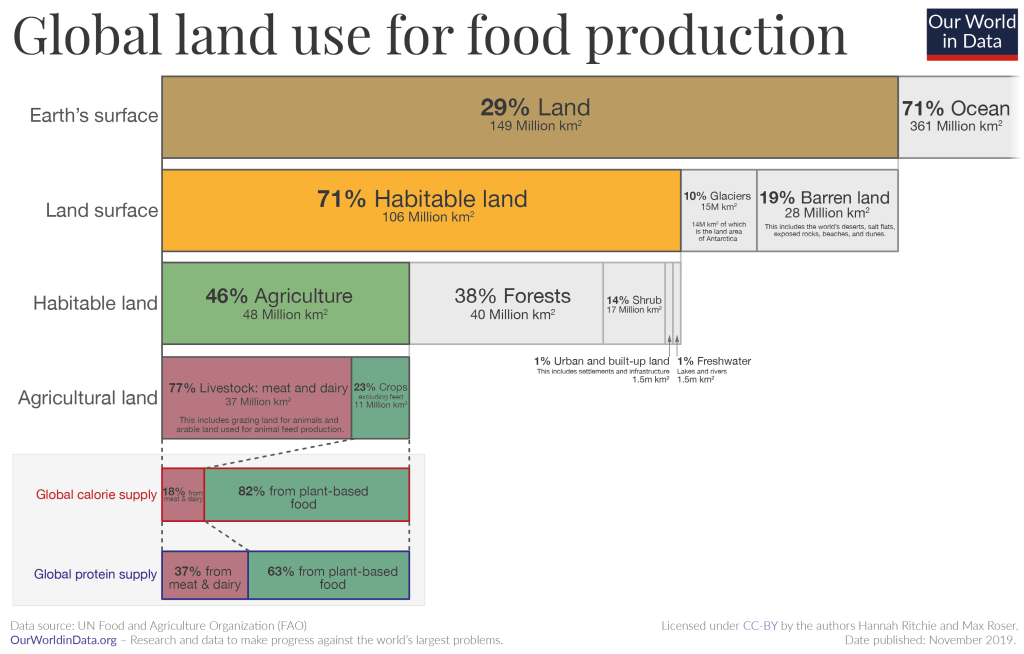
At Eat to Save the Earth, we are committed to fostering a global community mindful of the consequences of their dietary choices. We believe that with knowledge comes the power to effect change. By choosing more plant-based foods, we can contribute to a healthier planet and a sustainable future.
Join us in this movement for change.
